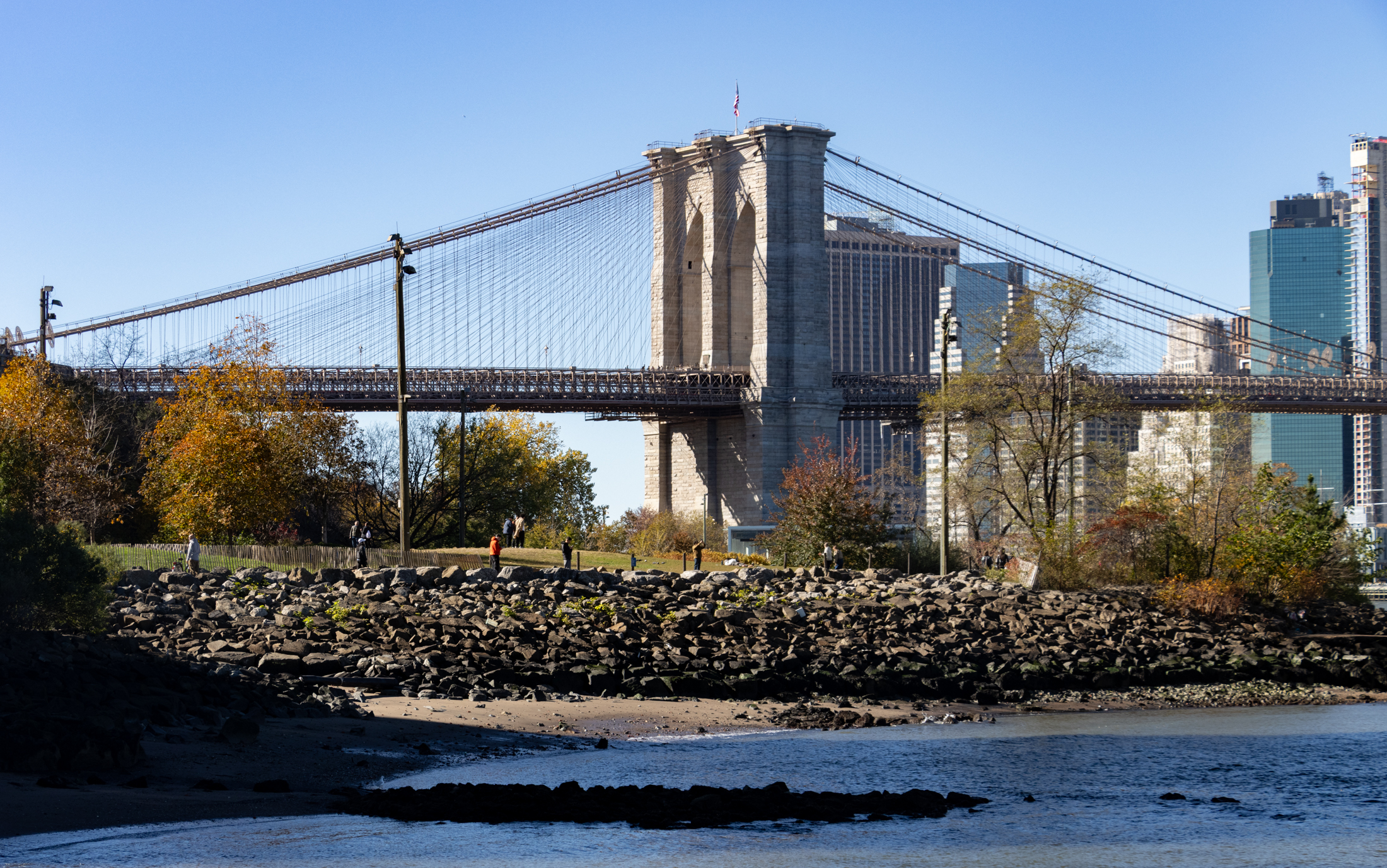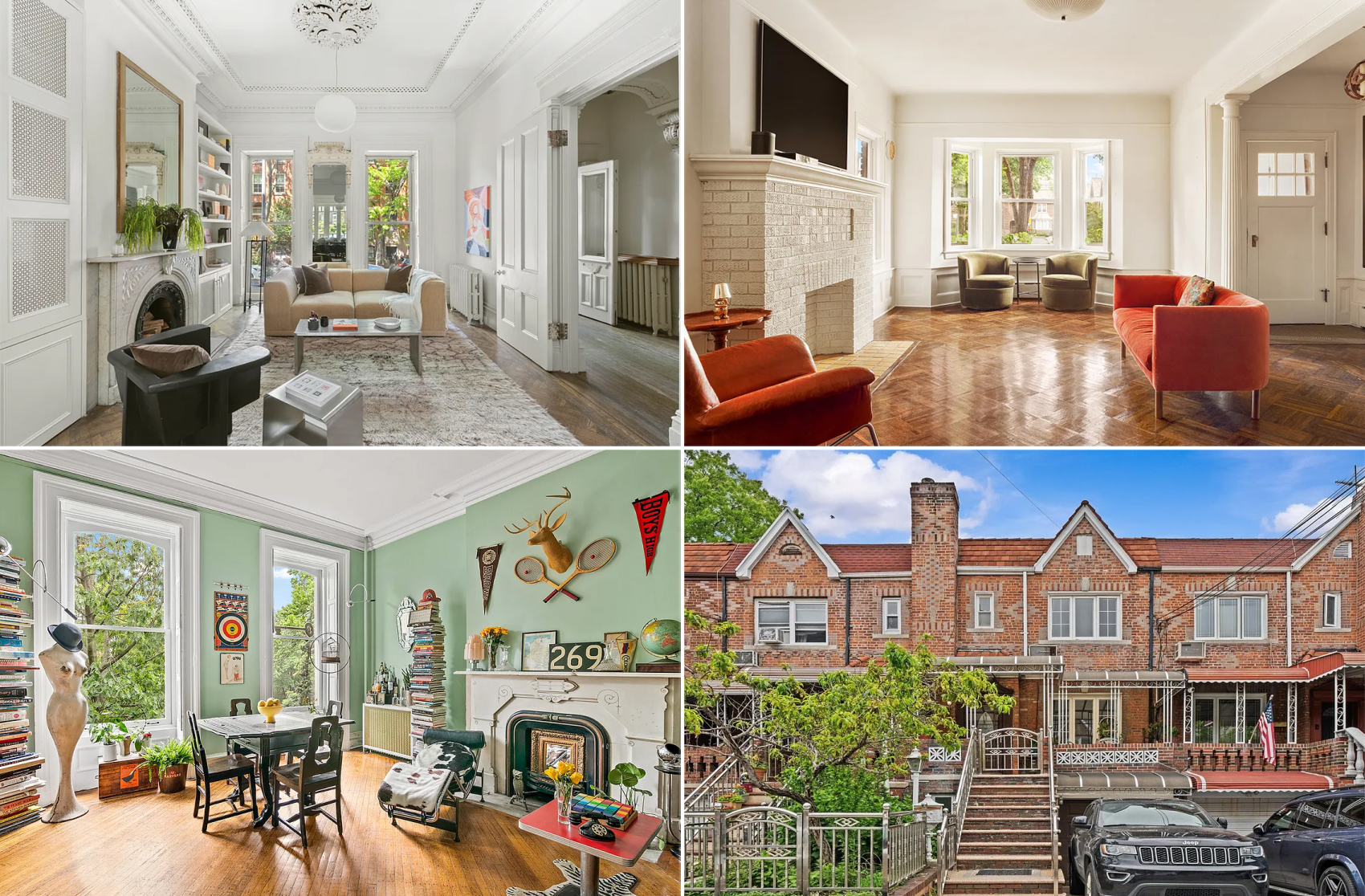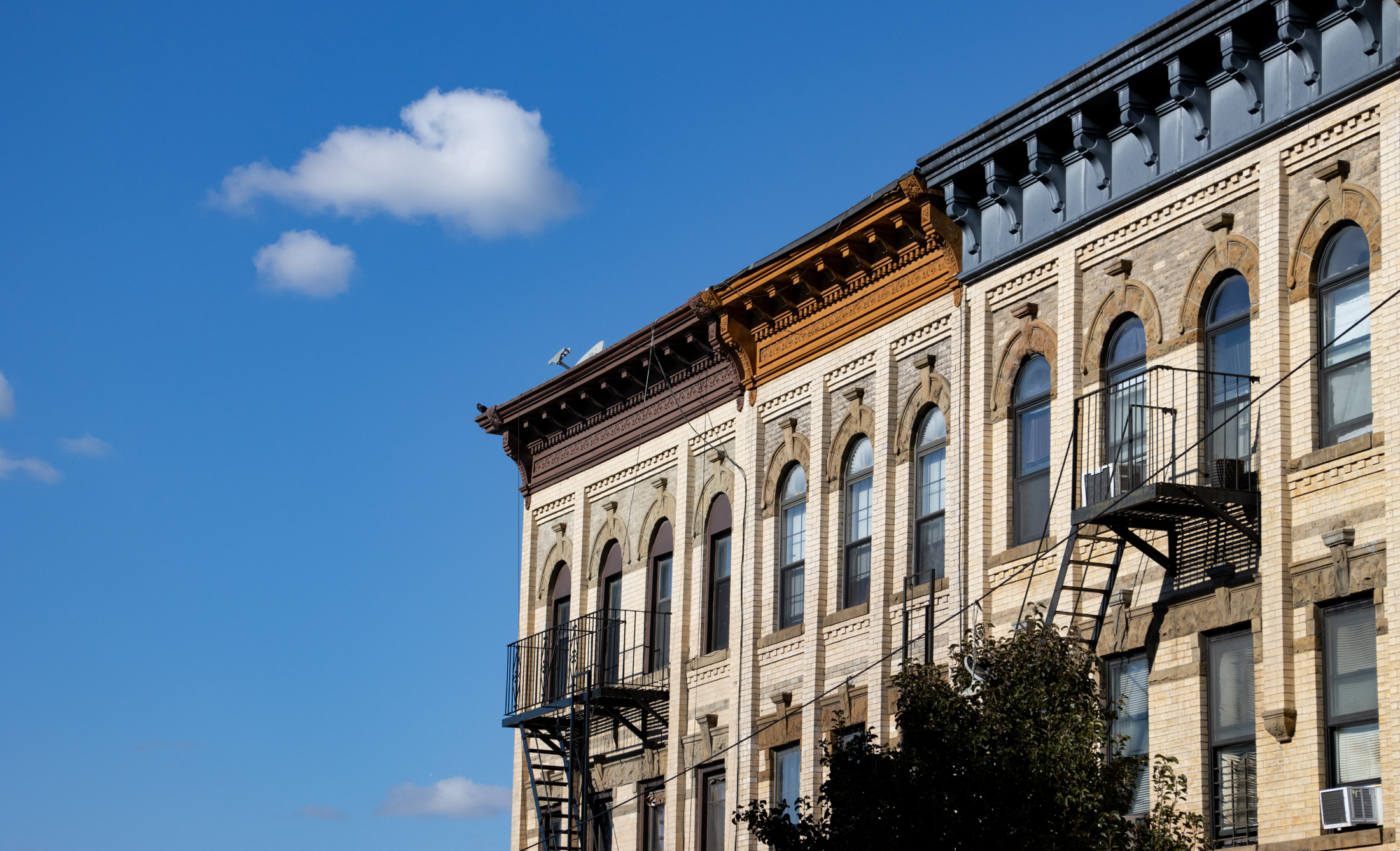Walkabout with Montrose - Wrought Iron
Join the reader known as Montrose Morris as she embarks upon wrought iron appreciation day. Last week, I introduced some of the exterior elements of design in stone and clay, a category we’ll be revisiting again, but today, I’d like to feature ornament in iron – forged, wrought iron, to be specific. The traditions of…


Join the reader known as Montrose Morris as she embarks upon wrought iron appreciation day.
Last week, I introduced some of the exterior elements of design in stone and clay, a category we’ll be revisiting again, but today, I’d like to feature ornament in iron – forged, wrought iron, to be specific.
The traditions of ironworking go back to the beginnings of many cultures, on many continents. The growth of travel and trade to all parts of the world opened up the world of design for the Victorian age.
Starting in 1860’s, the Aesthetic Movement, and concurrently, the Arts and Crafts Movement in Europe and later, in America, introduced the growing middle and upper classes on both continents to the design elements of the Middle East, India, and East Asia, which were all then added to the existent catalog of medieval, Renaissance, Celtic, and naturalistic patterns.

Designers and craftspeople in many different media, took these themes and created products for the fashionable Victorian home; fabrics, tile work, wallpaper, ceramics, furniture, lighting, stained glass, and wrought iron. Victorian aesthetics met practicality when it came to adding beauty to otherwise mundane and necessary objects such as fencing and security.
The necessity of enclosing one’s property, of securing ground floor windows and doorways from thieves, and providing safety in railings, balconies and fire escapes provided blacksmiths with the opportunity to create great beauty from heated and manipulated bars of iron.
Geometric patterns, classic medieval twisted and curved patterns, and floral flourishes were all utilized here. Combined, in many instances, with cast iron, they add texture and pattern to buildings already festooned with terra cotta, carved stone and carved woodwork, as well as cast hardware and lighting elements.

New Orleans style balconies can be found in various parts of Brooklyn, as can ornate railings and fanciful grillwork.
Early 20th century houses often featured ironclad glass doors with decorative wrought iron. Most of the fantastic railings in the photographs are from rows of speculative housing, so presumably, the ironwork chosen was mass manufactured, and picked from a catalog. It is amazing that so much of it has survived intact, especially on entire groups of houses.
Unfortunately, we know very little about the people who created this artwork, but we do know they came from many backgrounds and traditions; Italian, Spanish, other European countries, as well as a documented African-American tradition.

Their work is once again prized and treasured, and homeowners will pay handily to find vintage replacements to complete their homes. If your home still has some of this fantastic ironwork, take care of it, restore it and secure it, as it’s quite valuable.
Once again, I’m proud to feature the craftsmanship found in Crown Heights North and Bed Stuy, but great ironwork is all over brownstone Brooklyn. For more photos, check the Flickr link here.




[Photos by Suzanne Spellen]





NOP, I’ve been taking these pictures for a couple of years, and at the time, did not document their addresses. I am doing so, going forward, and amending my files to add those addresses as I rewalk the neighborhoods. I did try to document at least the neighborhood and street on Flickr, where possible. If you click on each photo, I have a small bit of identification.
The brick building is an apartment house on Throop Ave, in Bed Stuy, I think near Macon. It’s near Our Lady of Victory Church. I’m sure Amzi is familiar with it.
Amzi, most of the CHN buildings shown are protected, or will be when phases 2 – 4 are landmarked. The sooner Bed Stuy is protected, the better. We’ve got your back, whenever you need us.
another thanks…I was just wondering this morning where your next installment is.
these are really fantastic.
I love what you are showing here. I am not sure about Crown Heights North but most of the photos you have in Bedford Stuyvesant are buildings that are not protected by landmarks so all this beautiful Iron work could go away at anytime….
Montrose:
Great material!
Where’s the building with the brick entrance arch and flowing iron work?
In future, it would be great to have addresses for each image so that Brownstoners can take their own walking tours!
(And by the way, I see a book ahead: “Montrose Morris’s Guide to Brooklyn” — companion to the A.I.A. Guide to New York City.)
Nostalgic on Park Avenue
Montrose;
I didn’t get a chance to congratulate you last week. Well done, and enjoyable posts (as usual).
Beautiful work once again… I am so glad you put the Halsey Street house in your collection. That place wins every time when it comes to ironwork on a townhouse. Also the Amzi Hill 1889 apartment around the corner from me on Throop has amazing Ironwork on the stoop.
Hooray! Another Monty post! I love wrought ironwork. the flicker photos are amazing. (Full disclosure- I am the Sainted tenant and share a passion for this stuff- but it is a damn good article!)
GREAT topic!
Once again, very informative with beautiful examples. Thanks MM.